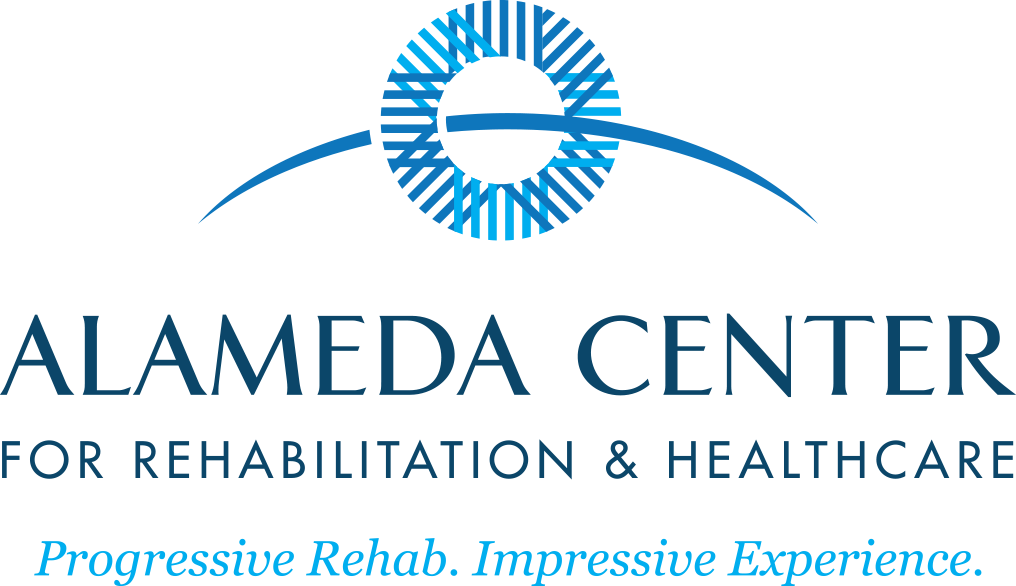Activities for Daily Living: A Guide
In rehab, there’s a lot of talk about ADLs. What are activities for daily living (ADLSs)? They’re basic functions that a person can do. The first evaluation model was Developed by Sidney Katz in 1950, and it assesses what activities a person can do for daily living. Since then other models have been developed, but they all work along the same direction, assessing similar skills for the same outcome.
Today, there are two categories of ADLs: basic ADLs and IADLS, or instrumental ADLs. Basic ADLs are activities that are essential for survival, while IADLs are not necessary for survival but allow a person to live independently. Together, they round out the picture for where someone’s holding in his independence.
Basic activities for Daily Living
There are five categories of ADLs:
- Personal hygiene – taking care of bodily affairs, including bathing, hair and nail care, grooming, and oral hygiene.
- Bathroom care – being able to use the bathroom properly.
- Dressing – being able to choose appropriate clothing and get dressed.
- Feeding – being able to feed one’s self.
- Transferring – getting around by one’s self.
Physicians will use these criteria to evaluate whether or not a person can care for himself or need help from a caregiver. It may also make a difference as to whether or not a person is eligible for government funding for caregiving or if he would qualify for reimbursements from a long term care facility.
Instrumental Activities for Daily Living
These more complex functions show that a person is able to live and thrive without assistance. There are seven categories:
- Communicating – the ability to have a relationship, whether by phone or in person.
- Shopping- being able to buy groceries and other essentials for living.
- Meal preparation – being able to plan and prepare your own meals.
- Taking medications – whether or not a person can take his necessary medications without help.
- Home maintenance – the ability to clean and take care of a home, including doing laundry, taking out garbage and general cleanliness.
- Managing money – the ability to handle the financial arrangements for home and living.
- Community –If a patient can be part of the larger community.
Although these two categories are entirely different, they both speak to the person’s ability to live and succeed on his own at different levels. Once a person begins to need help managing money or maintaining his home, he is no longer able to live without some sort of support.
Why it matters
These are important assessment tools for planning a person’s long term care needs as well as determining what funding might be available for assistance. While there are many assessment tools and no particular standard, all evaluators are looking for the same trends.
At The Alameda Center, we’re here to help you with your ADLs, whatever part of the scale you’re on. Our experienced and expert team of doctors, nurses, therapists and staff are here to provide premium services and take care of all of your needs. Be in touch with one of our representatives today to see how we can help you.
